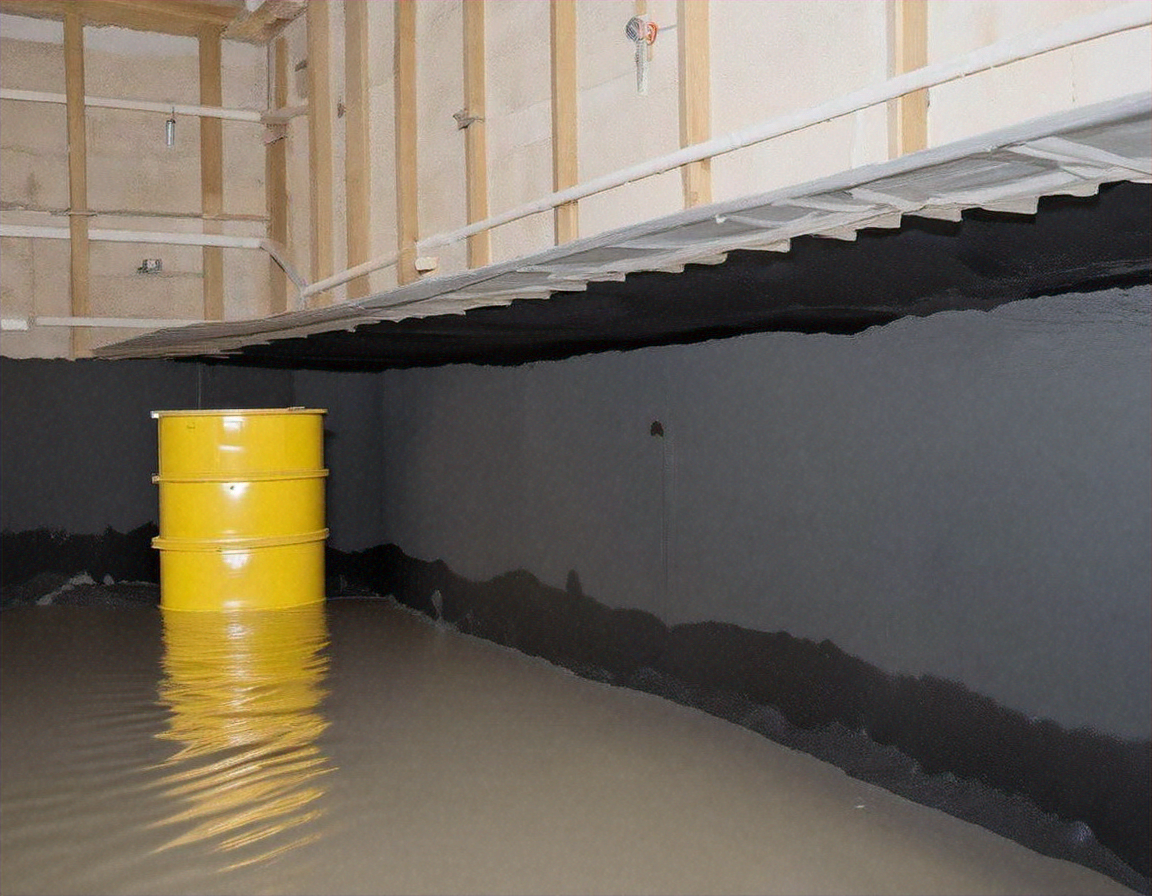Basement Waterproofing: Protect Your House Foundation from Water
A wet basement is more than an inconvenience — it’s a risk to your house, your belongings, and the structural integrity of your foundation. Basement waterproofing reduces moisture, prevents leaks, and helps maintain indoor air quality by keeping mold and mildew at bay. Whether you have occasional seepage after heavy rain or chronic dampness, understanding causes, proven methods, and maintenance steps lets you choose solutions that protect both short-term comfort and long-term value.

Basement: What causes damp and leaks?
Basement moisture comes from several common sources: hydrostatic pressure pushing groundwater through foundation cracks, poor exterior grading that funnels surface water toward the house, faulty or clogged gutters and downspouts, and condensation from high indoor humidity. Older homes may have degraded masonry or missing exterior waterproofing, while newer homes sometimes suffer from improper site drainage. Identifying whether water is entering through visible cracks, floor joints, or via rising damp is the first step in selecting the right basement waterproofing approach. Frequent wet spots, efflorescence, and musty odors are typical warning signs.
Waterproofing: What methods are available?
Waterproofing solutions fall into two main categories: exterior and interior. Exterior waterproofing focuses on directing water away from the foundation and applying membranes or coatings to the outside walls; it’s often the most comprehensive but requires excavation. Interior waterproofing includes installing interior drains and sump pumps, sealing cracks with epoxy or polyurethane, and applying interior sealants or vapor barriers. French drains, perimeter drains, and foundation drainage boards are common elements. The right method depends on the source and severity of the water problem, soil conditions, and whether you prefer invasive exterior work or less disruptive interior fixes.
House: How does basement water affect the rest of the house?
Basement water issues can spread beyond the lower level. Persistent moisture increases the risk of mold growth, which can affect indoor air and exacerbate allergies or respiratory problems for occupants. Water compromises stored items, damages finishes, and can migrate into wood framing or subfloors, potentially leading to costly repairs upstairs. Structural components like sill plates and floor joists can rot if exposed over time. From a financial perspective, unresolved basement water can reduce a home’s resale value and complicate mortgage or insurance processes, making early detection and basement waterproofing important for overall house health.
Foundation: How does waterproofing protect the foundation?
A properly waterproofed foundation resists hydrostatic pressure and prevents water penetration that can undermine soil stability around footings. Exterior membranes, drainage systems, and coated foundation walls keep groundwater from saturating the soil and washing away fine particles that provide bearing support. Interior drainage systems collect and channel any infiltrating water to a sump pump, reducing the chance of cracks widening or new ones forming. Regular inspection of foundation walls and joints, combined with targeted repairs, helps maintain the foundational integrity that keeps the entire house level and safe.
Water: How to manage water flow around your home?
Controlling water outside your house is often the most cost-effective strategy. Start with grading the landscape so soil slopes away from the foundation and extend downspouts at least several feet from walls. Keep gutters clean to avoid overflow and consider adding splash blocks or extensions. Improve soil drainage with permeable landscaping choices and avoid piling mulch or soil against foundation walls. For persistent water, consider installing exterior drainage, such as a French drain, or regrading to redirect surface flow. Managing both stormwater and groundwater reduces the demand on basement waterproofing systems and lowers the risk of future problems.
Conclusion
Basement waterproofing is a practical investment in preserving your house’s structural integrity, protecting possessions, and maintaining a healthy indoor environment. A combination of proper exterior drainage, targeted interior systems, and timely repairs tailored to the source of water will deliver the best outcomes. Regular inspections, attention to gutters and grading, and choosing solutions that match your foundation type ensure a dry basement and a more resilient home over time.






